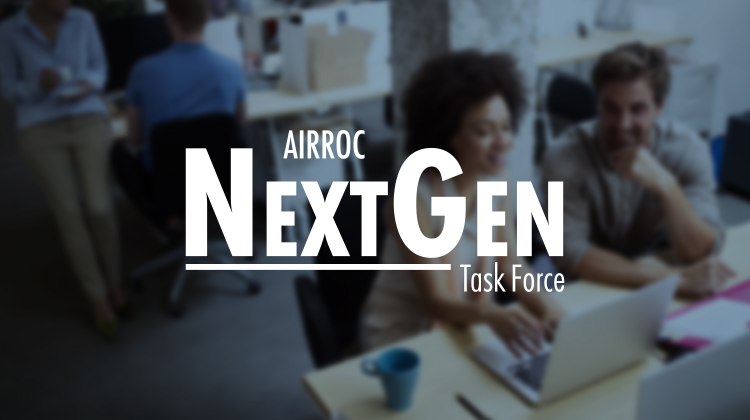On May 11, NextGen Task Force member Matt DiSanto of AON participated as a panelist in the Basics of Legacy Transactions educational forum, along with co-panelists Robert Redpath from Enstar, and John Sparks from Odom & Sparks. The session focused on Insurance Business Transfers (“IBTs”), providing an overview of the regulatory landscape, explaining how IBTs work, and business motivations for entering into such a transaction, as well as some case studies of the process. IBT’s are poised to take off in the US and will play an important role in the future of the legacy space as the framework creates an abundance of opportunity for growth!
In season 2, episode 4 of AIRROC’s “The Legacy Life,” Katie Reynolds sat down with Keith Kaplan, Chief Liquidation Officer of Bedivere Insurance Company. Keith shared details about his interesting career in the niche legacy liquidation space and explained how liquidation differs from traditional runoff and how the next generation of professionals can get involved in a promising industry.
When asked how he ended up in his current role, Keith responded that it all started 20 years ago when he was working at Reliance Insurance Company as Chief Reinsurance Officer: “The Pennsylvania Insurance Department showed up one day and said: ‘We’re here to help.'” After a brief period in rehabilitation, Reliance was ordered into liquidation and Keith was placed in charge of receivership activities. Upon conclusion of his role in 2016, the Pennsylvania Insurance Department asked if he would continue to do receivership work for other insurance companies in liquidation, eventually leading him to his current role with Bedivere.
When speaking about how liquidation differs from more typical runoff, Keith mentioned that there is a claims valuation process as with normal runoff; however there is no payment immediately made. “It’s basically an IOU, against which distributions are made over time.” Additionally, he noted that distributions are divided into priority classes, with each priority class needing to be paid in full before moving to the next.
Finally, Keith weighed in on how we can get more young insurance professionals interested in the legacy sector. He noted that with $800 billion to $1 trillion in liabilities there is no lack of opportunity to get involved; the industry just needs to do a better job at communicating that opportunity. This is especially vital in light of what Keith described as the substantial “gap” between the mature generation of runoff professionals and the newer, upcoming generation. For young professionals eager to advance their career in runoff he emphasized gaining expertise, participating in trade associations like AIRROC and finding an experienced mentor who can provide guidance in honing your skills and accelerate learning.
Episode 5 of “The Legacy Life” features Tom Hodson, President and General Counsel of Genesis Legacy Solutions, LLC. Tom grew up in a family of reinsurance brokers (G.L. Hodson & Son, anyone?) and has spent much of his career as an insurance/reinsurance regulatory attorney. However, these days, he finds himself doing a lot of marketing. A few years ago, Tom and several of his colleagues set up Genesis Legacy Solutions, an entity that focuses on runoff solutions for small insurance companies, captives and risk retention groups. He has been working hard to grow the business ever since. Tom highlights a wide range of creative solutions for legacy liabilities provided by Genesis Legacy Solutions – acquisition of runoff carriers, reinsurance solutions via loss portfolio transfers, adverse development covers, assumption reinsurance and other forms of novation.
When it comes to getting young professionals interested in insurance careers, he notes that the insurance industry could do a better job advertising the exciting opportunities posed by the alternative risk marketplace. “In the alternative risk marketplace, like captives, like risk retentions groups… There’s a lot of creativity that’s happening… It’s an interesting concept trying to solve problems that business people have,” he says. “There are other risks that businesses face on a daily basis that need innovative solutions.”
